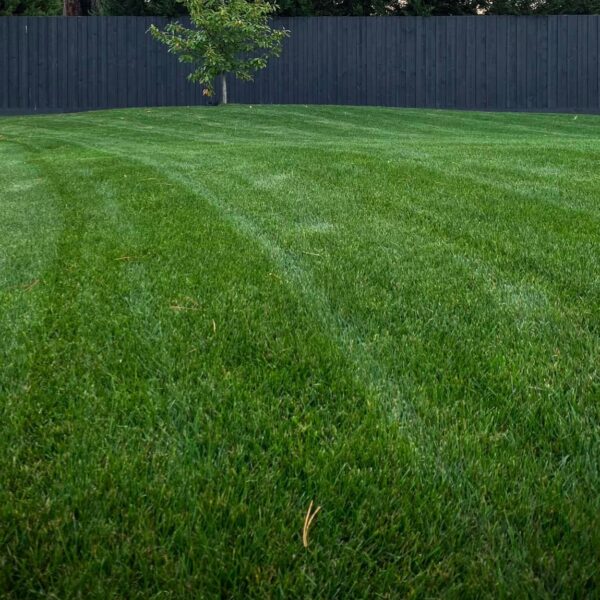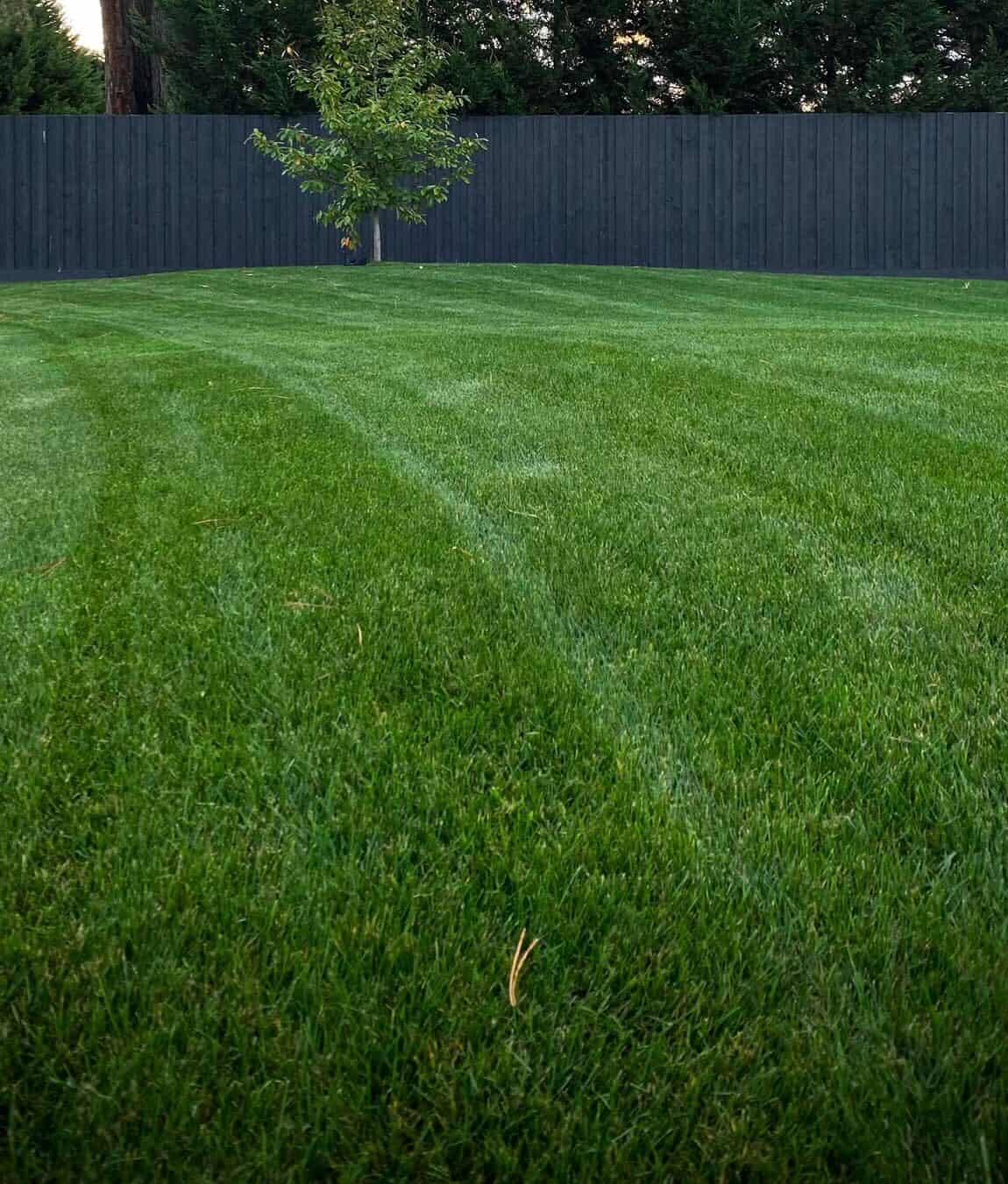
Cool Season Plans for Cooler Climates
Cool season lawns refer to types of grasses that thrive in cooler climates and are commonly used for lawns in regions with cold winters and moderate temperatures. These grasses are known for their ability to grow vigorously during the spring and Autumn, while often slowing down or going dormant in the hotter summer months.
Some of the most common cool season grasses used for lawns include:
- Perennial Ryegrass: Perennial ryegrass is known for its quick germination and establishment, making it a popular choice for overseeding existing lawns or for temporary cover. It has a fine texture and dark green colour, but it doesn’t tolerate extreme cold or heat as well as some other cool season grasses.
- Tall Fescue: While not as fine-textured as some other grasses, tall fescue is valued for being shade tolerant, durability and heat tolerance. It has a coarser appearance but is well-suited for lawns that receive heavy use or for areas with more challenging soil conditions.
- Fine Fescue: Fine fescue is a collective term for several grass species, including creeping red fescue, chewings fescue, hard fescue, and sheep fescue. These grasses are also shade-tolerant and have a fine texture, making them suitable for lawns with low light conditions or areas with less foot traffic. Flexible with its mowing heights, it is ideal for easier to manage home greens.
- Kentucky Bluegrass: This grass is well-known for its fine texture and lush green colour. It forms dense, attractive lawns and is often used in northern regions. Kentucky bluegrass requires regular maintenance, including frequent mowing, fertilisation, and irrigation.
- Bentgrass: Creeping bentgrass is often used on golf course putting greens due to its fine texture and ability to be mowed very short. It requires high maintenance and is not typically used for traditional home lawns.
Cool season lawns are ideally suited for regions with distinct seasons, where winters are cold and summers are mild. In these areas, the grasses’ growth pattern aligns well with the natural climate cycles, allowing them to thrive during the cooler seasons and slow down during the hotter months. Proper care, including mowing at the appropriate height, regular fertilisation with wetting agents, kelp and adequate water is essential to maintaining a healthy and attractive cool season lawn.
It’s worth noting that cool season lawns can be more demanding in terms of maintenance compared to warm season grasses, which are better suited for warmer climates. The choice between cool season and warm season grasses depends on your specific climate, desired appearance, and willingness to commit to lawn care.

